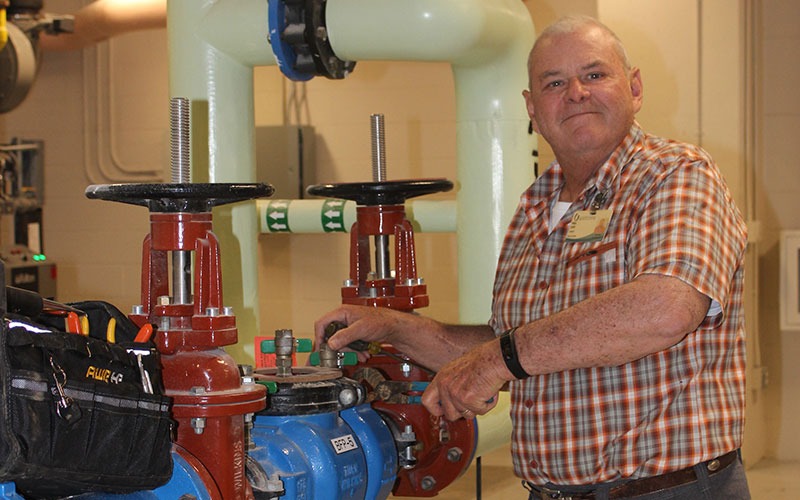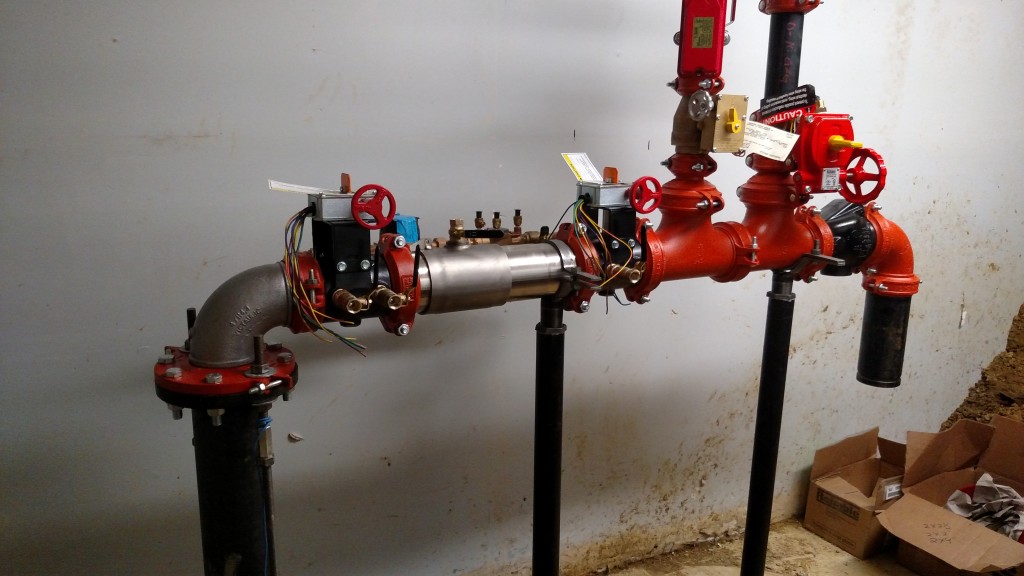How do you actually feel in regards to Is backflow testing necessary??

Yes, you require to backflow test your house's water to ensure that the water is free of toxins and damaging levels of chemicals. Due to the equipment called for and also space for error, you should not try to do backflow testing by yourself. We recommend that you call a specialist plumber every couple of years to test your water.
Heartburn Can Impact Both You as well as Your City
Since unsafe backflow can impact the public water supply in enhancement to a single building, lots of cities develop heartburn standards. Thankfully, contemporary cities have backflow devices in place that secure the supply of water that comes from the majority of residences and commercial residential or commercial properties. The genuine threat originates from irrigation systems, which can harm the water with poisonous plant foods, manure, as well as other chemicals.
What Causes Heartburn?
A normal reason for heartburn is a loss of water stress that causes the water to siphon back into the supply of water. An instance is clearing out a paint bucket using a tube. You fill up the paint bucket up with water, leaving the tube in the container. After some time, there is a loss in water stress and the pipe begins to draw the water back into the water system. As you can picture, there are currently chemicals from the paint that are entering the supply of water, potentially presenting a threat. Sadly, many individuals are not also familiar with heartburn screening, yet there are many reasons it's so essential.
Backflow Testing is Needed by Law in Certain Cities
Relying on where you live, you could in fact be required by legislation to backflow examination your regulation. For instance, Iowa City keeps a document of all properties offered by the city's water. The city calls for that specific "high-hazard" centers undertake heartburn testing. Sometimes, residential properties such as houses and apartment buildings are affected.
You Can Protect Against Backflow
If you have a professional plumber mount a backflow device, unsafe backflow is conveniently avoidable. If there is an energetic threat, the plumber will certainly additionally check for heartburn and identify. The major objective of a heartburn device is to prevent water from flowing backwards into your water supply. Plumbing technicians mount the tool on the pipelines in your residence to make certain that the water just streams in the right direction.
What is Heartburn?
Basically, heartburn is when water moves upwards-- the contrary instructions in the plumbing system. This is likewise known as "backpressure." When the water relocates this instructions, it can combine with unsafe contaminants and pose a danger.
Call a Plumber to Check for Heartburn Before It is Far too late
While it might appear grim, polluted water can result in horrible bacterial as well as viral infections that are challenging to deal with. If there are any harmful chemical levels, a plumbing business can promptly test your home's water to identify. The little investment is if you can stay clear of the misery that comes from consuming polluted water. As well as if you do uncover that your water has high degrees of toxins, a plumber can quickly mount a heartburn prevention device.
Yes, you need to backflow test your residence's water supply to guarantee that the water is cost-free of toxins and harmful levels of chemicals. Several cities develop heartburn standards because harmful backflow can affect the public water supply in addition to a single building. A common reason of backflow is a loss of water pressure that triggers the water to siphon back into the water supply. After some time, there is a loss in water stress and the hose starts to suck the water back right into the water supply. The main objective of a backflow tool is to avoid water from moving backwards right into your water supply.
WHY DOES BACKFLOW TESTING NEED TO BE DONE EVERY YEAR
What Is Backflow?
Toxic gas backing up into a building is one example of potential backflow issues, but backflow can occur in many other ways.
Backflow is generally referred to as the reversal of a liquid or gas in a plumbing system.
Most issues for the public occur with backflow resulting in contaminated drinking water. If you look up backflow issues online you’ll probably find references to “potable” water. That means drinking water.
There have been backflow issues in the past with drinking water. Chemicals, sewage and other contaminants have found their way into drinking water causing health issues for those that count on the fresh water.
What Causes Backflow?
In a residence or commercial building water generally flows one way. This normal flow is usually driven by consistent pressure in the water and waste system.
Anything that changes the normal pressure in the system can lead to backflow.
Fire hydrant use or malfunction can reverse the normal pressure in the system on a city line, but backflow can occur in a number of different ways.
Sometimes backpressure might be caused by someone using a garden hose and submerging the end of the hose in a pool of liquid. If pressure is lost the flow could reverse and contaminants could be released into the drinking water.
Anytime there is a connection between contaminants and the drinking water there is potential for a backflow issue. Sometimes these connections are not immediately obvious like the garden hose connecting to a building’s drinking water supply.
Backflow Regulations
The Environmental Protection Agency (EPA) provides guidelines and regulations for state and local governments regarding backflow. State and local governments also have their own guidelines and regulations for backflow prevention.
Arizona has its own backflow regulations.
Due to issues with backflow in the past, regulations require backflow preventer devices to be used in nearly all residential and commercial buildings.
A backflow preventer is a device that prevents backflow as cross-connection points where potential backflow issues may occur.
While backflow is not a common occurrence, preventers are in place to make sure there is no contamination should something malfunction or go wrong with a building’s water supply.

I stumbled upon that blog entry on Backflow Assembly Testing when doing a search on the internet. So long as you liked our article plz remember to share it. Bless you for your time. Visit us again soon.
Quick relief? Dial!